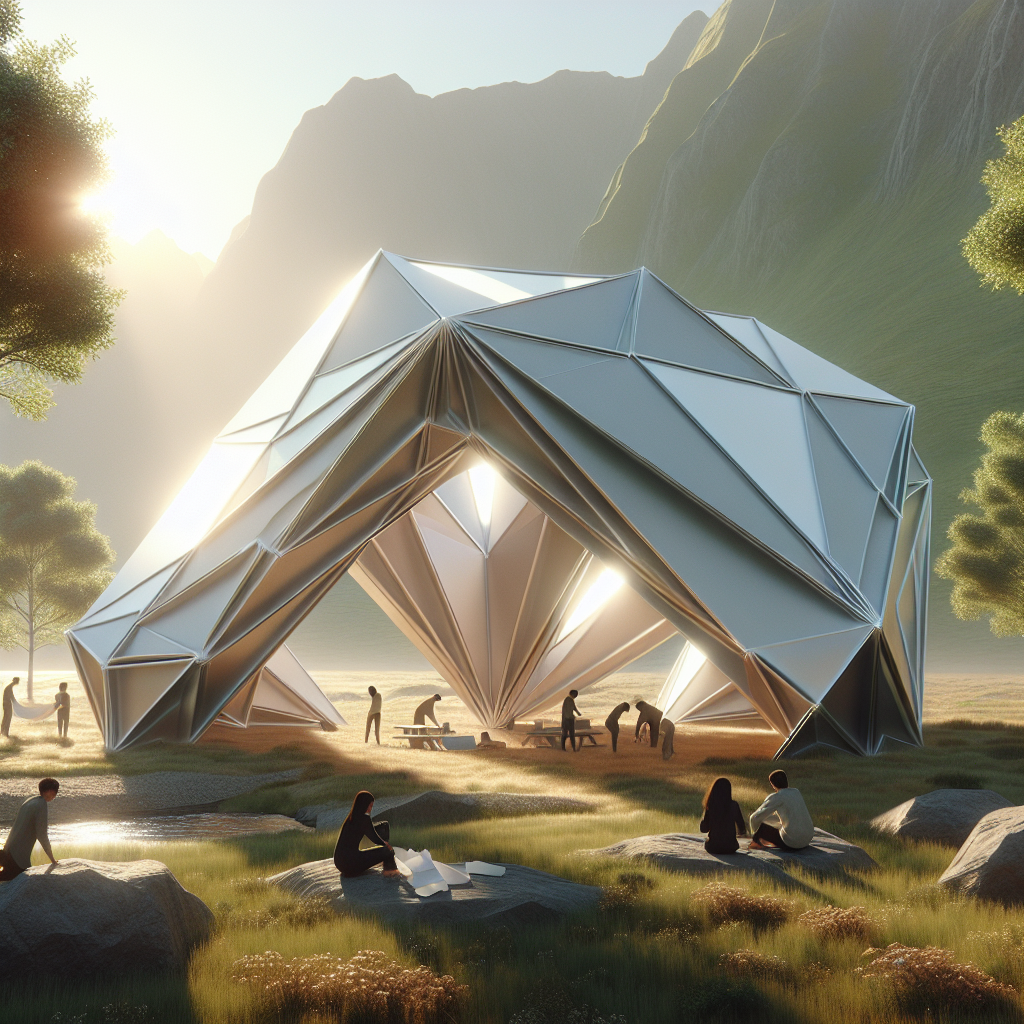Net-Zero Energy Buildings: Designing for a Carbon-Free Future

Introduction
As the world faces the growing threat of climate change, sustainable architecture is more important than ever. Net-zero energy buildings, which generate as much energy as they consume, are becoming increasingly popular. This article explores the design principles behind net-zero energy buildings and showcases real-life examples that demonstrate their feasibility.
Design Principles
Net-zero energy buildings achieve their energy goals by utilizing a combination of passive solar design, high-performance insulation, and energy-efficient systems. By reducing their carbon footprint, these buildings can save their owners money in the long run.
Passive Solar Design
Passive solar design involves maximizing the use of natural light and solar heat to reduce the building’s energy consumption. This includes designing windows and shading systems to optimize solar gain, as well as incorporating thermal mass materials like concrete and stone to store solar heat.
High-Performance Insulation
High-performance insulation plays a crucial role in reducing a building’s energy consumption by minimizing heat loss and gain. This can be achieved through materials such as spray foam, cellulose, or rigid foam insulation.
Energy-Efficient Systems
Net-zero energy buildings require energy-efficient systems to generate and manage energy. This includes renewable energy sources such as solar panels or wind turbines, as well as advanced building management systems to optimize energy use.
Real-Life Examples
Real-life examples like the Bullitt Center in Seattle and the Richardsville Elementary School in Kentucky demonstrate the feasibility of net-zero energy buildings. These examples show that net-zero energy buildings are not only possible but also beautiful and functional.
Bullitt Center
The Bullitt Center is a six-story, 50,000 square foot office building that uses a combination of passive solar design, geothermal heat pumps, and solar panels to generate and manage energy. It was designed to be one of the most sustainable buildings in the world and has won numerous awards for its innovative design.
Richardsville Elementary School
Richardsville Elementary School is the first net-zero energy public school in the United States. It uses a combination of geothermal heat pumps, solar panels, and energy-efficient lighting and appliances to generate and manage energy. The school has saved the school district more than $100,000 in energy costs since it opened in 2010.
Designing for a Carbon-Free Future
Designing for a carbon-free future requires collaboration between architects, engineers, and clients. It involves a deep understanding of site-specific conditions, climate, and building science. Net-zero energy buildings challenge conventional design practices and require a holistic approach that considers the building’s entire life cycle.
Benefits
Net-zero energy buildings not only benefit the environment but also the people who use them. They provide comfortable and healthy indoor environments, with ample natural light and fresh air. They can also create a sense of community and pride among their occupants, who know that they are doing their part to mitigate climate change.
Conclusion
In conclusion, net-zero energy buildings are a promising solution to the urgent need for sustainable architecture. By using innovative design and cutting-edge technology, we can create buildings that are not only energy-efficient but also beautiful, comfortable, and healthy. The examples showcased in this article demonstrate that net-zero energy buildings are not a utopian dream but a practical and feasible solution.





